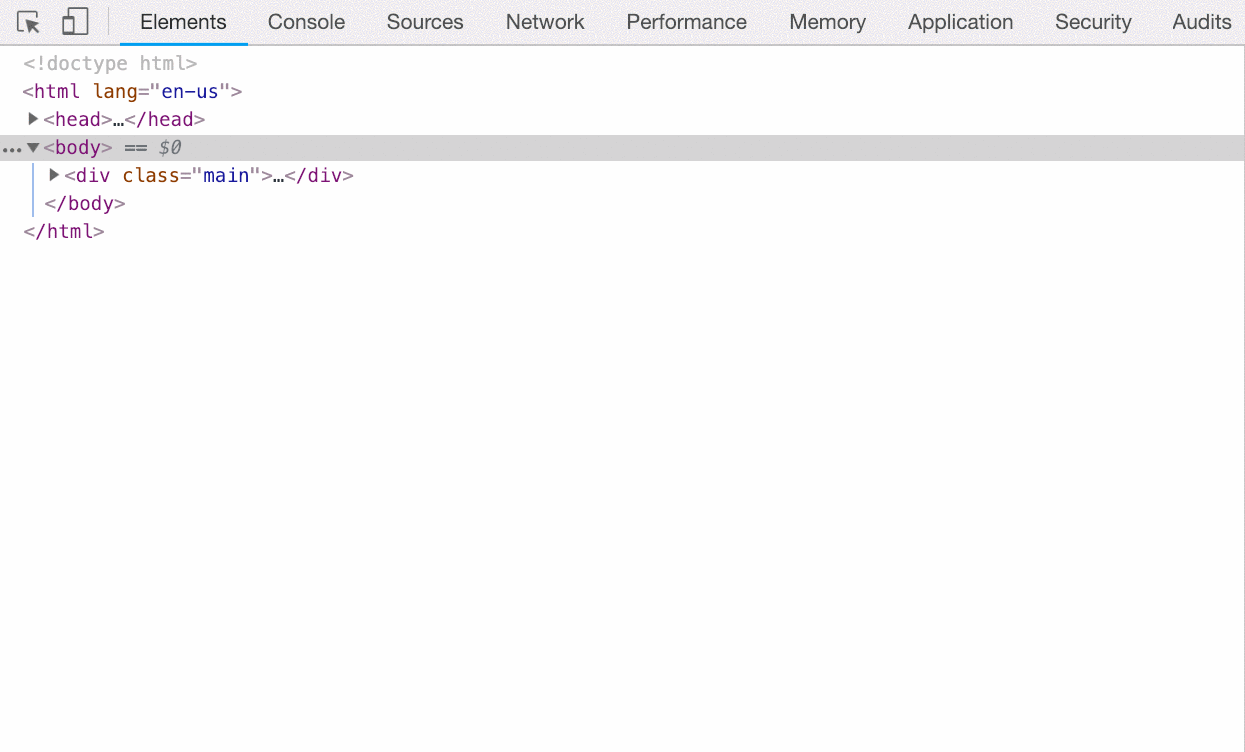Interacting with WPGraphQL
Learn how to interact with the WPGraphQL API
On this page, you will find details on the various ways you can interact with your WPGraphQL API.
GraphQL IDEs and Tools
One of the most recognizable tools for interacting with GraphQL APIs is GraphiQL.
GraphiQL is a React component that acts as an IDE for interacting with GraphQL APIs. While it might be the most recognizable (and is maintained by Facebook), it's just one of many tools you can use to interact with your WPGraphQL API.
GraphiQL Loading...Below is a non-comprehensive list of helpful tools to interact with your WPGraphQL API:
- WPGraphiQL – GraphQL IDE right in your WordPress dashboard
- GraphQL Playground – GraphQL IDE that supports multi-column schema docs, tabs, query history, configuration of HTTP headers and GraphQL Subscriptions.
- GraphiQL.app – A light, Electron-based wrapper around GraphiQL
- GraphQL Network – A chrome dev-tools extension for debugging GraphQL network requests.
- GraphQL IDE – An extensive IDE for exploring GraphQL API’s
- Altair GraphQL Client – A beautiful feature-rich GraphQL Client for all platforms
- Insomnia – An full-featured API client with first-party GraphQL query editor
HTTP POST Requests
WPGraphQL adds a /graphql endpoint to your WordPress install which can be queried by sending an
HTTP Post request specifying at minimum a query as part of the request.
Components of a Request
When making an HTTP request to a WPGraphQL server, a few things need to be included in the request:
- Content-Type header: The Content-Type should be set to
application/jsonin the Headers of the request. - Method: The method of the request should be set to
POST - Body: The body of the request should contain the following:
- query (required): The string for the query (or mutation) to execute
- variables (optional): JSON object of variables for use in the query
- operationName (optional): The name of the operation to use for the response if multiple operations were sent in the query string
Browser Console
One of the easiest ways to test a WPGraphQL server is to make a fetch request from the browser
console.
You can open up Chrome Dev Tools and paste the following into your console to fetch data from WPGraphQL. (Of course, change the URL to the API you want to fetch from.)
fetch('https://www.wpgraphql.com/graphql', {
method: 'POST',
headers: {
'Content-Type': 'application/json',
},
body: JSON.stringify({
query: `
{
generalSettings {
url
}
}
`,
}),
})
.then(res => res.json())
.then(res => console.log(res.data))
GIF Screenshot showing the request being made
Curl
While Curl is not necessarily the most convenient way to query a GraphQL API, (especially more complex queries that can get quite lengthy), it's certainly possible.
Here's an example of querying a GraphQL API using CURL. You can open up tour Terminal and paste in the following:
curl \\
-X POST \\
-H "Content-Type: application/json" \\
--data '{ "query": "{generalSettings{ url }}" }' \\
https://www.wpgraphql.com/graphqlWP Remote Post
Here's an example of making a request to a GraphQL API from WordPress theme or plugin code in PHP
using the native WordPress wp_remote_post function.
$request = wp_remote_post( 'https://www.wpgraphql.com/graphql', [
'headers' => [
'Content-Type' => 'application/json',
],
'body' => wp_json_encode([
'query' => '
{
generalSettings {
url
}
}
'
])
]);If you inspected the results of the request like so:
// NOTE: the `true` returns the data as an associative
// array instead of an object
$decoded_response = json_decode( $request['body'], true );
print_r( $decoded_response['data'] );You should see something like the following:
Array
(
[generalSettings] => Array
(
[url] => https://www.wpgraphql.com
)
)Apollo Client
When building rich JavaScript applications that rely on data from a GraphQL API, Apollo Client is one of the best options for managing the fetching and caching of GraphQL data.
Apollo client supports many of the popular JavaScript and Native frameworks such as:
- React: https://www.apollographql.com/docs/react/
- Angular: https://www.apollographql.com/docs/angular/
- Vue: https://github.com/akryum/vue-apollo
- Native iOS: https://www.apollographql.com/docs/ios
- Native Android: https://github.com/apollographql/apollo-android
- Scala: https://www.apollographql.com/docs/scalajs
GraphQL in WordPress PHP
While HTTP POST requests are the most common way to interact with GraphQL, it's possible, and becoming more common, to interact with WPGraphQL directly from within your Theme / Plugin PHP code.
WPGraphQL exposes a graphql() function that allows you to execute a GraphQL query. You can use this
to populate shortcodes, page templates, Gutenberg blocks, or anything else you could think of that
needs data from your WordPress site to render or make decisions on in PHP.
You can use the graphql() method like so:
$graphql = graphql([
'query' => ' {
generalSettings {
url
}
}'
]);If you inspected the results of the request like so:
print_r( $graphql['data'] );You should see something like the following:
Array
(
[generalSettings] => Array
(
[url] => https://www.wpgraphql.com
)
)HTTP GET Requests
It's typically recommended to use HTTP POST requests with WPGraphQL, but GET requests have limited support.
For example, just paste the following url in your browser to execute an HTTP GET request on a WPGraphQL server:
https://www.wpgraphql.com/graphql?query={generalSettings{url}}